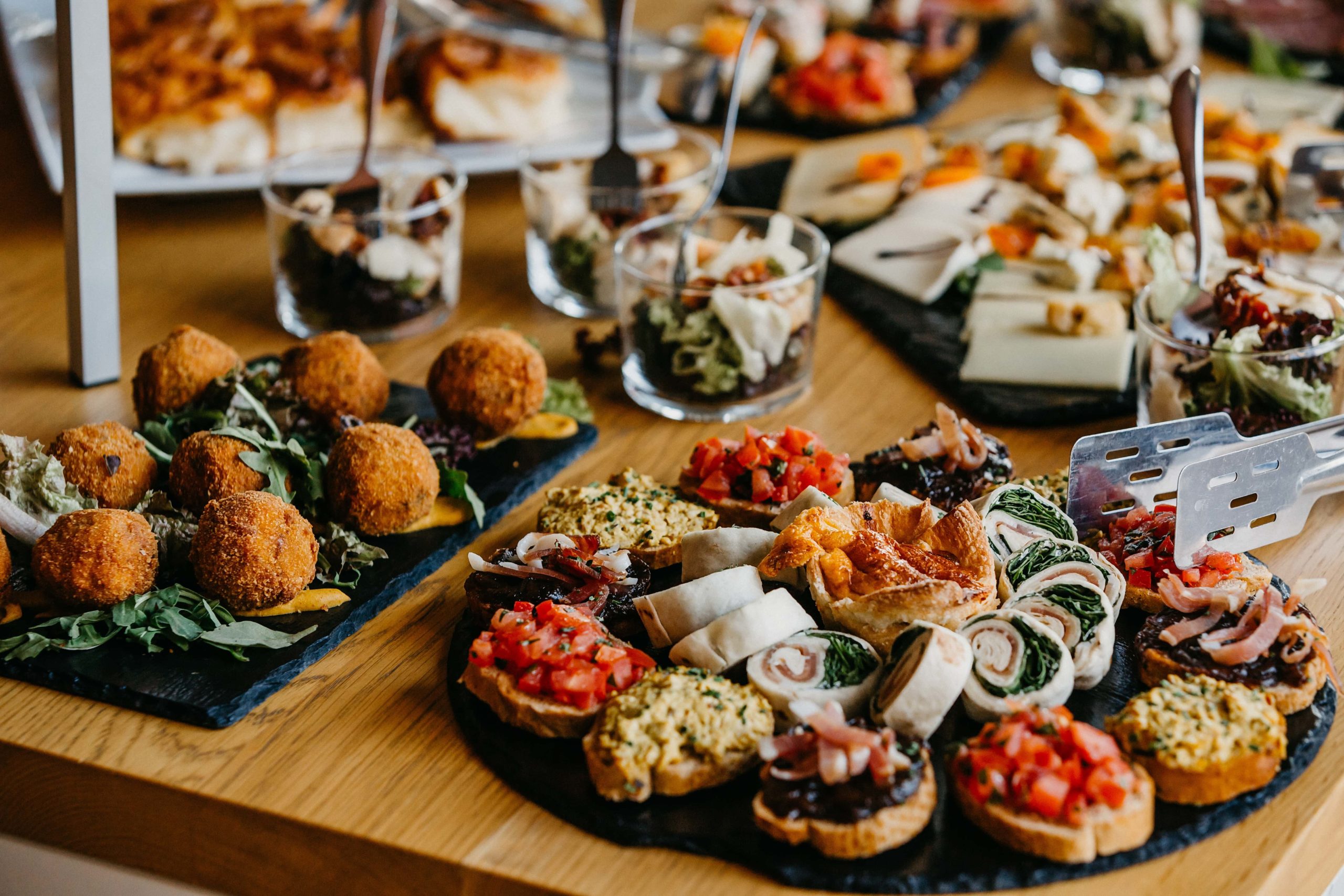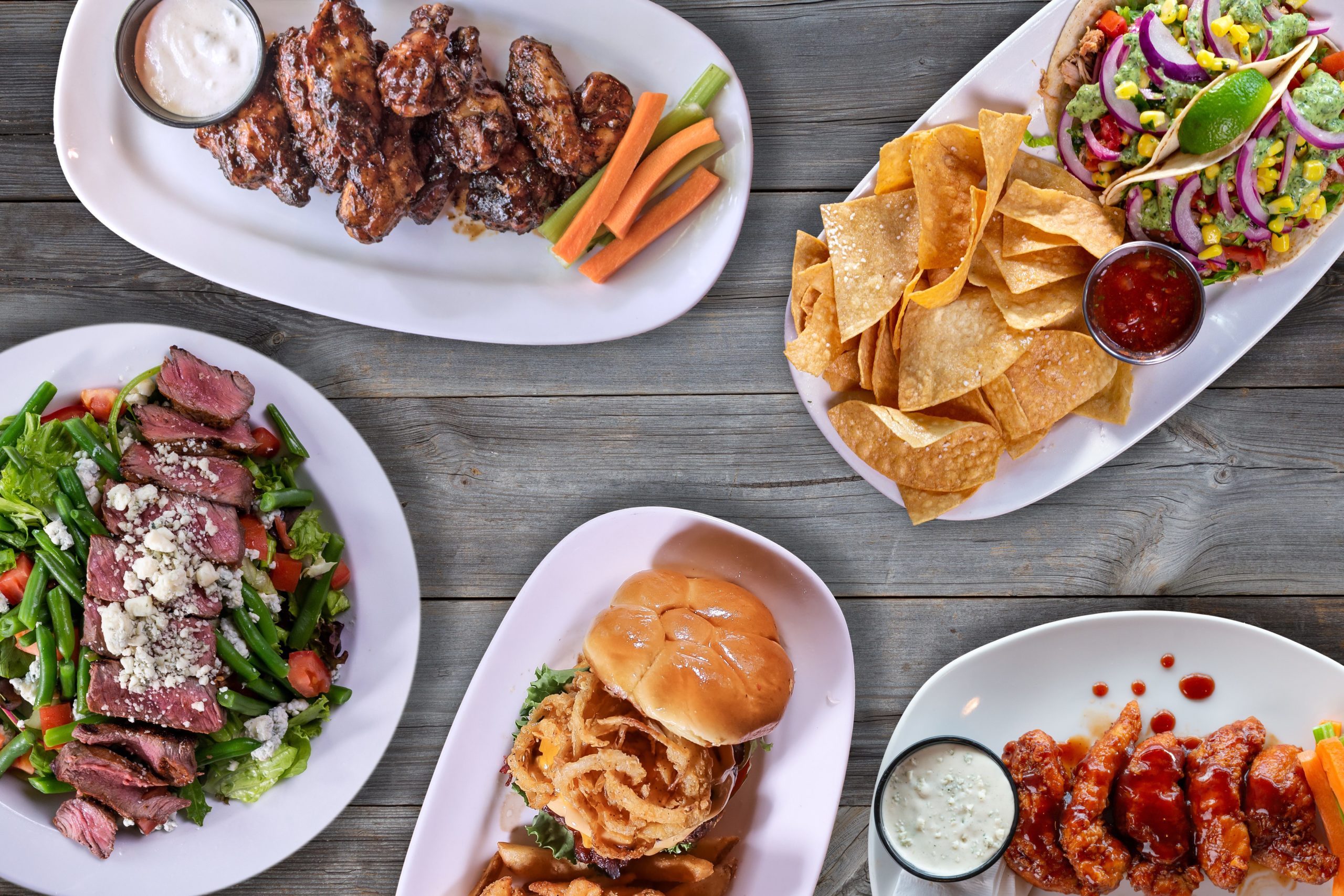
You’re probably hosting and cooking more often now that the winter holidays are coming. Serving foods that look as beautiful as they taste will impress your guests. So why do your dishes not always appear as appetizing as those at your favorite restaurant? When food is presented on a dish in a lovely manner, it appears more appealing. Of course, the question is how to plate food expertly.
Why Is This So Important?

How your food is presented on your plate is probably not the first thing on your mind when you’re hungry. However, there are advantages to making your meals appealing. One of them is the improved flavor. It’s not a novel concept that a dish’s aesthetic attractiveness improves its flavor. The proverb, “We eat first with our eyes.” is attributed to the Roman food expert Apicius. Science has now established the accuracy of this quote.
How to Plate Food the Right Way

Adding more time to the task can seem like a lot to ask if you’ve been in the kitchen preparing your meals for a while. But you don’t have to copy a Kandinsky picture, and you don’t even have to spend a lot of time on it, to make your dish look more enticing. The quick and easy plating suggestions provided below will elevate your home-cooked meals into works of art.
Choosing Suitable Plates

When you’re dining alone, you might not give your dishes a second thought, but they’re an important component of purposeful plating. The size, shape, and color of the dishes—the canvases on which your food is painted—are crucial. Here’s some good news if you’re concerned that your basic white plates won’t work: According to chef Michael Welch, many chefs like white because it brings out the colors of the food. In a 2011 study, participants given the same pink dessert presented on a black plate preferred the pink dessert provided on a white dish.
Preparing Carefully
To make sure your dish look — and taste — the best, plate it with the right portions. The main component of the dish should take center stage, and all the other elements should complement it. Sound complicated? Use the clock analogy. This is a classic plating method that ensures proper portioning.
The meat component should be put between 3 and 9 o’clock on your plate, the starch between 9 and 12, and the vegetables between 12 and 3. Imagine your plate as a clock. Additionally, you should use odd numbers when presenting individual items, since the human brain seems to find odd numbers more attractive. For instance, serve five rather than six ravioli on each plate when serving.
Colors Are Very Important

A dish with vivid and contrasting hues is visually appealing, just like a piece of art with a range of colors. Your plate’s color is significant, but what’s on it is even more significant. Foods that are colorful and lively are thought of as fresh and flavorful.